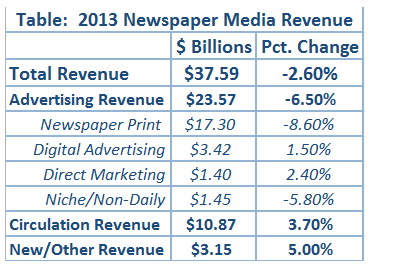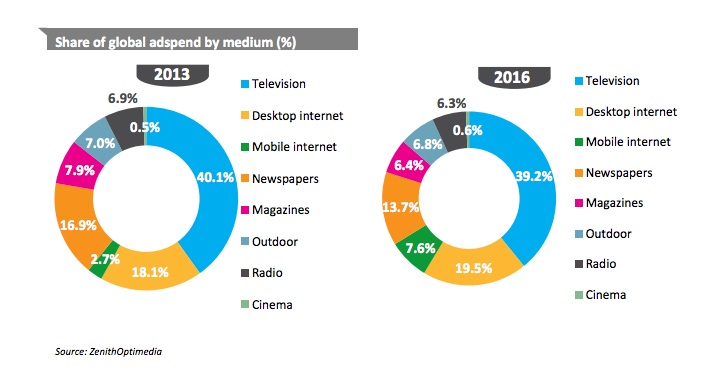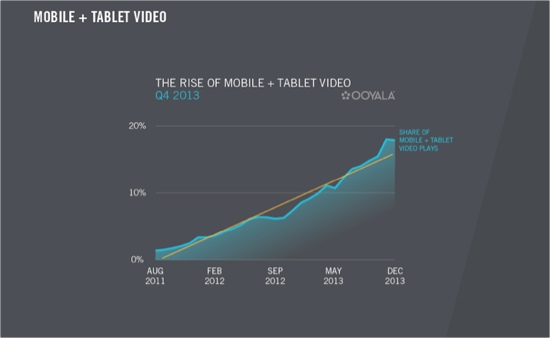NBCUniversal's head of research, Alan Wurtzel, recently commented on his unit's analysis of their Winter Olympics coverage earlier this year. The extensive coverage of the Games (1500 hours, all told), provided a platform for investigating media behaviors. The network had expected social media to have a "dominating" effect on viewership, driving viewers to both the main primetime broadcast network shows and the sports coverage spread across a number of cable channels.
As it turned out, viewing and social media use didn't explode as planned. Only 19 percent of viewers used social media to post about the games. Some 3 million unique users posted a total of 10.6 million Olympic-related messages on Twitter. NBCU indicated that up to 23 million people saw one or more of those messages. In contrast, NBC averaged 21 million viewers for its prime time coverage. The numbers on Facebook were higher, but still only 20 million posted, commented, shared, or liked something "related to the Olympics." NBCU didn't indicate what percentage were actually focused on their coverage of the games, or were positive posts on their coverage. (I'll admit to retweeting and posting about some of their analysts' more ridiculous comments, as well as the comically unprepared venues and tourist facilities).
So out came the wishful thinking. According to Wurtzel, social media wasn't "a game changer yet."
“A lot of people want to show that they are on the cutting edge... Why wouldn’t I want to say to you, ‘We have a potent new way in which we can drive ratings?’" But “it just isn’t true”, he added. “I am saying the emperor wears no clothes. It is what it is. These are the numbers.”The underlying problem, though, is that people use social media to comment on things they find interesting, particularly things they are passionate about. Social media activity is also mostly reactive. Wurtzel and the head honchos at NBCU apparently thought that the world of social media would jump at the chance to provide free promotion for its Olympic coverage, generating the social buzz that would drive up viewership. Particularly for its prime time shows, which focused more on soft stories of athletes than on sports coverage.
However, there weren't a lot of U.S. athletes in those games that had active fan bases. (The most social media savvy, Shaun White, did poorly after an injury.) Similarly, winter sports don't have the huge, and social media adept, fan base of many Summer Olympic sports. From America's perspective, there wasn't much of interest to tweet about the actual sporting events, leaving social media to revel in the gaffes and general goofyness surrounding the event and its coverage. And while that may drive social media traffic, its not the kind of buzz that can drive viewing and ratings.
The numbers certainly are what they are. What's unclear is whether the numbers reflect the impotence of social media, or the impotence of NBCU's coverage of a mediocre sporting event.
Source - Social media not yet a 'game changer' for boosting TV viewership, Financial Times































